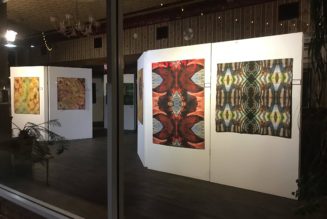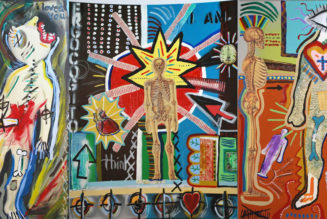Susan Norsigian, LCPC
…And we are still here! Seven months of a drastically changed lifestyle. Before I go further, I would like to extend my deepest sympathy to anyone who has lost a loved one to Covid-19. Please seek help if you are struggling with your feelings. Talking to a mental health professional, your pastor or a worker on a hotline can help more than you realize.
I want to talk about the holidays, but Thanksgiving in particular, because it will be the first time we, as a country, have had to cope with a pandemic during this special time. You may be wondering what there is to be thankful for. I understand that, I have those thoughts myself. Know that it’s OK to have your feelings, to grieve what we have lost, and express those feelings. It’s also important to try to find something for which to be thankful. Here are some ideas for projects you can work on as a family. Here is my favorite:
Make a family “quilt.”
This can be done with construction paper, or a large sheet of craft paper, or if you want something that’s going to really last, use fabric and fabric markers or paint. Having someone in the family who knows how to sew helps with the last one. Here’s the idea:
Each person in the family makes 2, 3, 4 or however many pieces for the quilt. On the paper or material, they illustrate something for which they are thankful. Symbols, words, pictures, anything goes (one “quilt” I worked on used construction paper to “collage” the images and glue the pieces onto the quilt square.) So, each family member can do their own thing, then bring everything together to form a “quilt.” If you happen to want to use a large piece of craft paper, family members can either make designs one at a time directly on the paper, or glue their quilt pieces onto the craft paper. Find a way to attach the pieces, using tape or glue or staples. You can also “sew” paper using yarn or embroidery thread. If using fabric, sew the pieces together. You can get fancy and embroider or applique.
I recommend putting the quilt up when it’s finished and giving each person in the family a turn to talk about their pieces in a family discussion. And if you put the quilt up in the house, it will be a positive reminder, plus it will probably look really cool.
*The image example provided here is a quilt made by young children at a crisis shelter.
Some other ideas:
Make a family drawing or painting using a poster-board or large paper. Decide on a theme for the drawing, and jump in. You may want to set up some “rules” to avoid chaos. This is a way to practice taking turns and cooperating.
Have a family talent show. Singing, dancing, poetry, short stories, playing an instrument, or showing off another talent are some ideas. Video it!
Take a walk as a family. This helps promote appreciation of nature.
Have a mask-making party, or design t-shirts using fabric markers or paint.
Make history…document this challenging time with a video. You can look back when this is all over and share with the next generation.
You can have a history lesson as a family. Learn about just how hard it was for the pilgrims to live. They had none of our conveniences. Something as simple as basic cleanliness was a challenge. Compare what you have to other places in the world now, in the present.
Susan Norsigian is a Licensed Clinical Professional Counselor in private practice in the StL Metro area.
She can be reached at 618-223-4502 / snorsigian@gmail.com.










